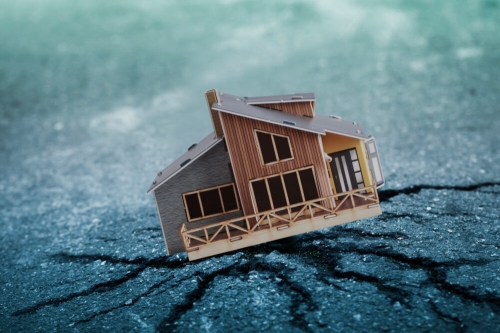Accurately modeling the after-effects of an earthquake is possible, but to do so requires complex physics-based models that run on advanced supercomputers. The data from these models are helpful for both the earthquake research community and engineers building earthquake-resilient homes, businesses, and infrastructure. However, access to the powerful computers required has been minimal.
A team of Lawrence Berkeley National Laboratory and Lawrence Livermore National Laboratory scientists led by Professor David McCallen has collaborated with the Pacific Earthquake Engineering Research Center for the past few years to fill this gap. The team is working on adapting full-scale ground-motion simulations into easily stored datasets to distribute on computers and be open to the public domain.
The collaboration plans to release the most accurate and detailed simulations, which will initially record earthquake motions in the Bay Area and later expand to other regions.
PEER is a multi-institution earthquake research and education center at UC Berkeley. The center aims to develop and maintain ground motion datasets from real-time recordings of worldwide earthquakes. Thousands of research teams use these valuable resources. Still, as PEER director and CEE Professor Khalid Mosalam points out, insufficient real-world data exists to fill the gaps in our understanding and adequately prepare for future earthquakes.
"Particularly, data is minimal for large-magnitude events. In an expected big earthquake near the San Francisco Bay Area or Los Angeles, critical infrastructure, tall buildings, and important bridges will be subjected to high-magnitude ground motions, so developing such motions from simulations is essential for community safety and resilience," said Mosalam. "
Check out the full story at Berkeley Lab to learn more about the initiative.

